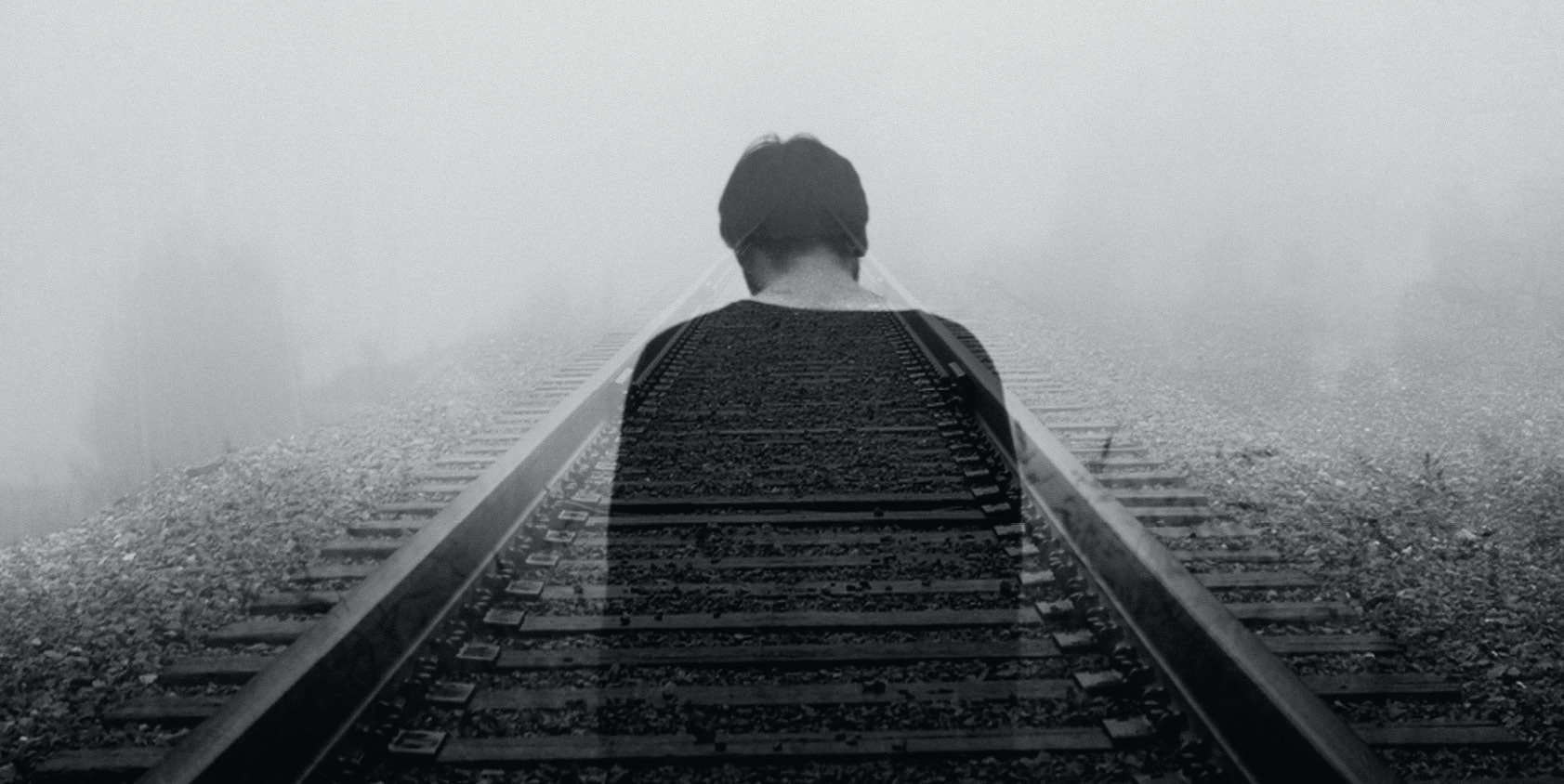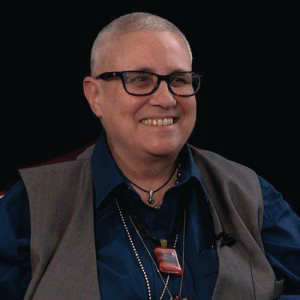Vicarious Trauma

T he work of the Wellbeing Committee on the topic of vicarious trauma has been ongoing since 2017. The then President of the Bar, Arthur Moses SC, tasked the Committee to provide information to the members about what it is, why it affects us and what we can do about it. Moses SC chaired a presentation on vicarious trauma at the Tattersalls Club (as the Common Room was being renovated) and nearly 100 barristers attended. The numbers surprised us, but they shouldn’t have.

What we know is that, as barristers, our job often involves reading the most awful things, seeing the most awful photographs, watching the most dreadful videos and interviewing people about the worst days of their life – the day they got raped, the day that they found out their daughter had been murdered, the day that their arms were cut off, the day their surgery went wrong, and then asking them to get up into the witness box and relive that day to a room full of strangers.
How could we not be affected by it?
As Barristers, we are intimately familiar with many of the tell-tale signs of vicarious trauma – avoidance of certain types of matters or clients, engaging in risk taking behaviour, hypervigilance with our children or family, having trouble sleeping, developing a feeling of helplessness towards work tasks, withdrawal from colleagues, friends and family and emotional flatness.
Vicarious trauma is a phenomenon which is now well recognised and its real dangers must be addressed by the Bar.
Since 2017, the Wellbeing Committee has benefited from a number of seminars and presentations that have included Ms Robyn Bradey, a Mental Health accredited counsellor with over 36 years’ experience, predominantly with members of the legal profession. In these seminars, barristers who have themselves suffered from vicarious trauma have shared their stories, most of which are very personal and in which they relate the sometimes crippling effects that have ensued.
Ms Bradey describes the manner in which barristers carry out their duties including the necessity to become deeply involved in the content of cases which often disclose violence, injury, destitution, betrayal, dishonesty, greed, danger and damage. She says that it is inevitable that barristers are affected by that process, sometimes unknowingly, sometimes obviously.
Without that emotional reaction, Ms Bradey has warned, we would be sociopaths, happy to view suffering without feeling.
Vicarious trauma is an occupational hazard that cannot be avoided for lawyers that work with trauma survivors, as it does not stem from a psychological condition but from circumstance. Its effect on lawyers can be particularly acute because of the consistency of personal trauma in the content of legal work and the prevalence of environmental factors that make lawyers less resilient to vicarious trauma.
Vicarious trauma relates to the inner experience of the person empathically engaging with the trauma of another individual or group. The professions most at risk are therapists, counsellors, first responders, emergency workers, police officers, medical professionals and lawyers.
Closely mirroring the short and long-term symptoms of post-traumatic stress disorder, vicarious traumatisation can lead to immediate internal reactions, such as nightmares and intrusive imagery, fear for one’s safety or the safety of others, resistance to hearing accounts of traumatic events, irritability and emotional numbness. 1 Its more troubling and profound effect can to be to alter the core beliefs of the secondarily exposed person so that their view of self, others and the world is transformed in the long-term. 2
Ms Bradey states that vicarious trauma is an ordinary part of the emotional life of individuals, all of whom have a degree of personal vulnerability. 3 It can be thought of as an advanced ‘fight-or-flight’ response, where the mere thought of something traumatic occurring can trigger the feeling of it having occurred. 4 Vicarious traumatisation is what happens when those experiences build up from engaging with the abuse, suffering or trauma of others. Vicarious trauma is a cumulative reaction to the experience of secondary trauma from a range of interactions with trauma victims or traumatic content over an extended period. 5
Vicarious trauma has implications for the day-to-day functioning and overall wellbeing of trauma-exposed professionals. It can change the person’s sense of personal or professional identity, harm confidence in their abilities and damage relationships with others. 6 The personal, professional and social effects of vicarious trauma make it important for individuals and workplaces to anticipate the experience of secondary trauma and resolve issues in a timely and effective manner.



The exposure of barristers to vicarious trauma
Vicarious trauma most often occurs through the retelling of a traumatic event by the person that underwent or caused it, or through viewing images of the event or its aftermath. Environmental factors that contribute to the risk of vicarious trauma are frequency of exposure to traumatised clients, poor systems and procedures for dealing with trauma in the workplace and a lack of formal training in dealing with trauma survivors. 7
Barristers encounter many people who have experienced severe psychological trauma, either a client or a client’s close friend, co-worker or family member. It is clearly wrong to assume that barristers working in non-criminal jurisdictions are exposed only to 'non-traumatised' clients, however criminal lawyers have been shown to suffer from greater subjective distress, negative beliefs in their own safety and intimacy, depression and anxiety than other groups of professionals. 8
Webinar with Richardson SC and Single SC
In May 2021 the Wellbeing Committee held its third seminar on vicarious trauma. The panel comprised Ms Bradey, Kate Richardson SC and Jennifer Single SC.
Kate Richardson SC spoke of the vicarious trauma she experienced towards the end of her role as Counsel Assisting the Inquest into the deaths of Jack and Jennifer Edwards at the hand of their father and of the assistance she received from BarCare. Kate spoke about the very real and deeply personal reaction that she had as a parent, a human being and the tension of having to deal with those feelings while carrying out her professional obligations.
Jennifer Single SC spoke of the vicarious trauma she has experienced from the cumulative effect of the many criminal cases in which she has been involved, including a recent case concerning child pornography, and how it has affected her in her personal life. In particular, she has developed a hypervigilance with her own children’s access to the internet and their activities – where they play, who they can see.
In that same webinar, Ms Bradey gave strategies for addressing vicarious trauma, which included reducing the amount of time spent on matters involving traumatic events, taking regular holidays of more than one week and speaking with a mental health professional regularly.
During the presentation, the Wellbeing Committee conducted an online poll of the more than 50 attendees, which revealed that about 40 per cent of attendees spend more than four hours per day on matters involving traumatic events. The poll also revealed that less than 20 per cent of attendees take a complete break from work for at least one week every few months. The poll also revealed that less than 20 per cent of attendees speak about the traumatic aspects of their matters with a mental health professional.
Ways to deal with vicarious trauma
A 2016 study by Mitchell Byrne and Grace Maguire of the University of Wollongong speculated that the lack of support for vicarious trauma in the legal profession has manifested in higher levels of vicarious trauma symptoms, particularly depression, anxiety and stress, in comparison to another professional group that deals systematically with trauma survivors – mental health professionals. 9
They noted that support mechanisms for professionals who may be exposed to trauma victims have traditionally been isolated to the 'helping' professions – mental health, counsellors, social workers and so on. Lawyers help people too, but there has been limited study and less action taken to address the deficiency in professional support for solicitors and barristers. Thankfully, Byrne and Maguire attributed the greater vulnerability of lawyers to organisation and not individual personality characteristics. 10
Some people are inherently better prepared for being exposed to secondary trauma because of personal traits, such as conscientiousness, which allow the practitioner to overcome the feelings of despair or hopelessness that may arise when dealing with a trauma victim. 11 Others, who may experience emotional instability or neuroticism, can struggle to find their way through successive clients and files that bring experiences of trauma vividly to the surface. 12 Chambers must not neglect their duties to either category of person and must harness the experience and wisdom at their disposal to better manage the risks of vicarious trauma. They could also learn from other professionals, such as mental health practitioners, about the most effective ways to do this.
Barristers are in the dark when it comes to these things. This will be the case until action is taken to integrate the management of vicarious trauma as part of professional life and training. For instance, if a colleague is becoming irritable because of spending too much time on a particularly traumatic matter, forcing them to talk about it without knowing the kind of advice to give or even where to start could worsen the effect of the trauma and make them distrust your input in the future. Becoming educated about vicarious trauma is critical to playing a constructive role.

How the barrister approaches trauma and how they deal with trauma, once exposed, is crucial to the long-term capacity of the individual as a legal practitioner. There are many things that can be done by chambers and senior members of the floor to help colleagues build capacity. Ultimately, all barristers who work with traumatised clients need the psychological tools to cope with traumatic experiences and the formal processes in place to manage the progress of such files, which could be numerous.
Ms Bradey identified several things that can be done immediately when a barrister has become involved in a matter with traumatic content, such as marking file with a warning, restricting access to the file and taking scheduled breaks from working on such a file.
BarCare
Ms Bradey also identifies the benefits of wellbeing checks administered by mental health professionals, training in how to deal with traumatised clients and traumatic material and managing workloads.
BarCare is an independent and confidential counselling service for barristers and their immediate families. Up to six consultations are provided free of charge. The service is funded by the Barristers’ Benevolent Association and operates independently of the Bar Association.
Barristers can contact Jenny Houen, director, for care and assistance, or to arrange a consultation: 0427 317 958 or jhouen@barcare.org
ENDNOTES
1 Gillian Iliffe and Lyndall Steed, ‘Exploring the counselor’s experience of working with perpetrators and survivors on domestic violence’ (2000) 15Journal of Interpersonal Violence 393; Karen Ortlepp and Earle Friedman, ‘Prevalence and correlates of secondary traumatic stress in workplace lay trauma counselors’ (2002) 15Journal of Traumatic Stress 213.
2 Lisa McCann and Laurie Anne Pearlman, 'Vicarious traumatization: A framework for understanding the psychological effects of working with victims' (1990) 3(1)Journal of Traumatic Stress 131, 132.
3 Karen Saakvitne and Laurie Pearlman,Transforming the Pain: A Workbook on Vicarious Traumatization (WW Norton & Company, 1996).
4 Robyn Bradey, 'Identifying, Mitigating and Managing Vicarious Trauma in Legal Settings: A Manual for Senior Lawyers, Practice Managers, Supervisors and Mentors' (2016).
5 Lila Vrklevski and John Franklin, ‘Vicarious trauma: The impact on solicitors of exposure to traumatic material’ (2008) 14(1)Traumatology106, 107.
6 Karen Saakvitne and Anne Pearlman,Transforming the pain:A workbook on vicarious traumatisation (WW Norton, 1996).
7 Laura Schauben and Patricia Frazier, ‘Vicarious trauma: The effects on female counsellors of working with sexual violence survivors’ (1995) 19(1)Psychology of Women Quarterly49; Sprang, Craig and Clark, ‘Secondary traumatic stress and burnout in child welfare workers: A comparative analysis of occupational distress across professional groups’ (2011) 90(6)Child Welfare149; Grace Maguire and Mitchell Byrne, ‘The law Is Not as Blind as It Seems: Relative Rates of Vicarious Trauma among Lawyers and Mental Health Professionals’ (2016)Psychiatry, Psychology and Law (online first 1-11) 2.
8 Lila Vrklevski and John Franklin, ‘Vicarious trauma: The impact on solicitors of exposure to traumatic material’ (2008) 14(1)Traumatology 106.
9 Maguire, G. and Mitchell Byrne, ‘The law Is Not as Blind as It Seems: Relative Rates of Vicarious Trauma among Lawyers and Mental Health Professionals’ (2016) Psychiatry, Psychology and Law (online first 1-11), 7.
10 Ibid 8.
11 Karen Cohen and Paula Collens, ‘The impact of trauma work on trauma workers: A metasynthesis on vicarious trauma and vicarious post-traumatic growth’ (2013) 5(6)Psychological Trauma: Theory Research, Practice, and Policy 570.
12 Above n 11, 8.